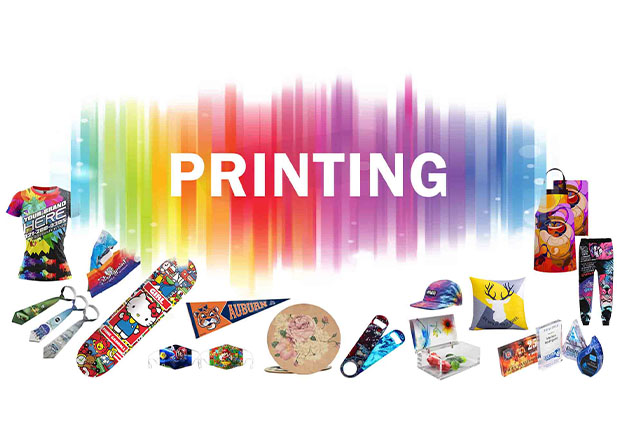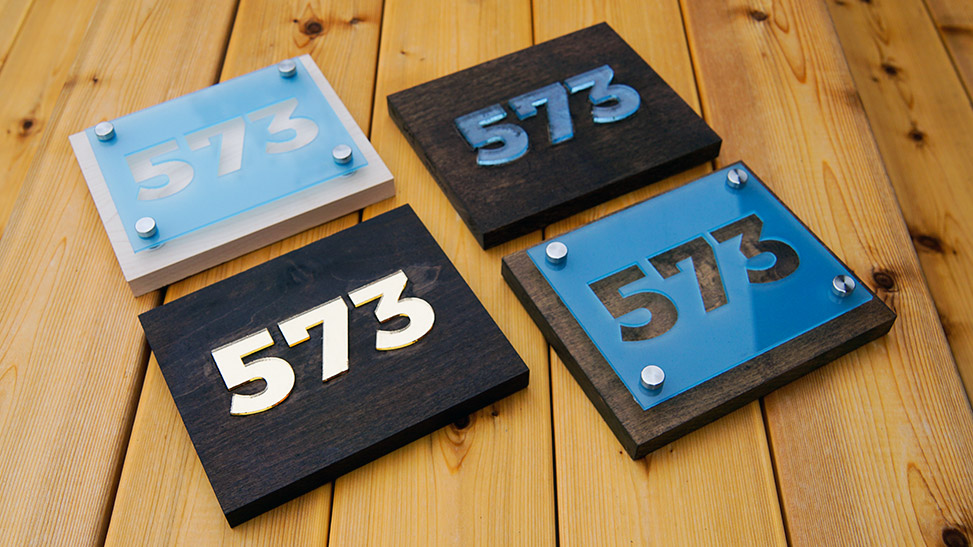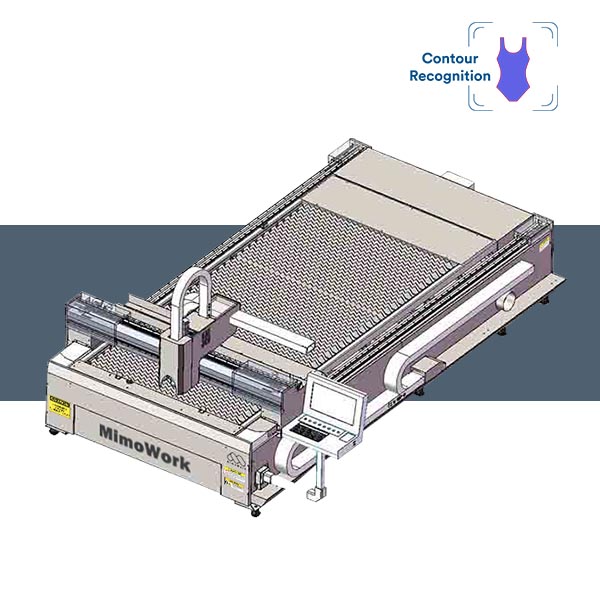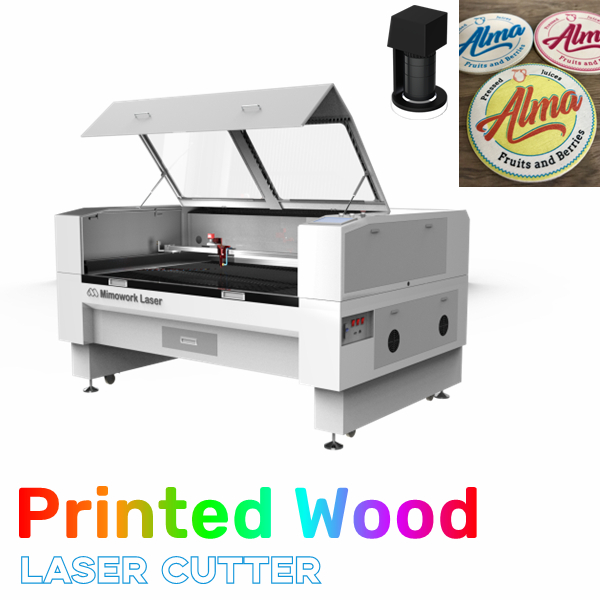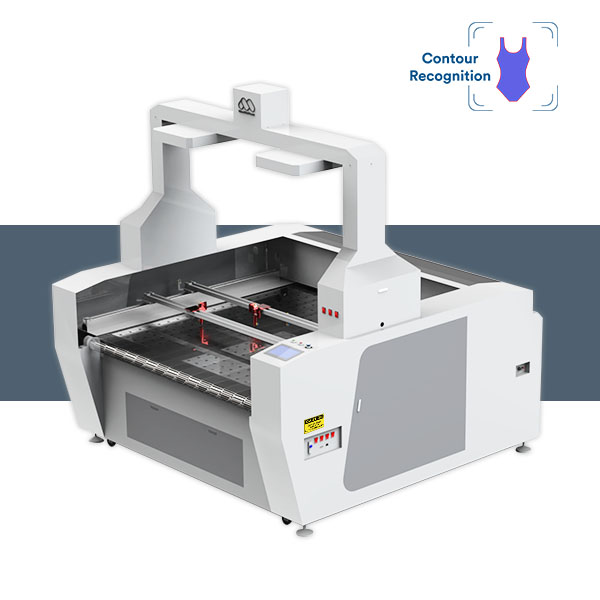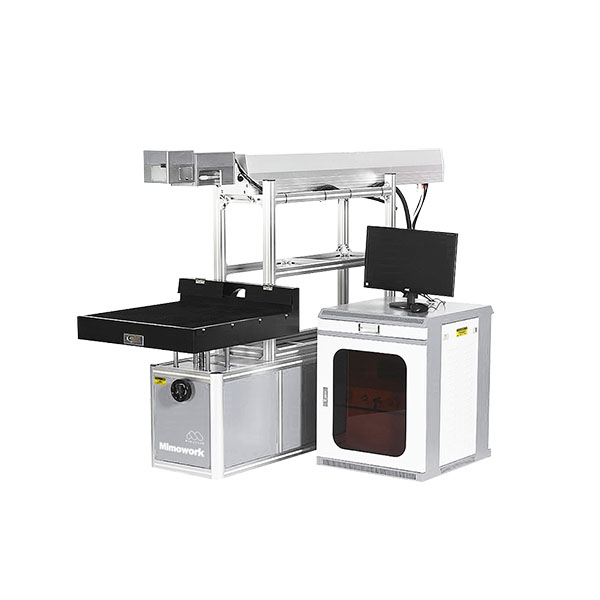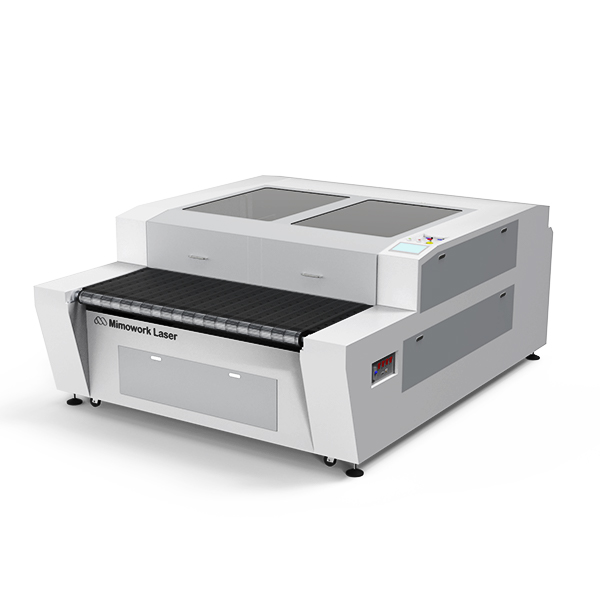China Wholesale Laser Cutting Sublimation Spandex Factories Pricelist - Flatbed Laser Cutter 130L – MimoWork Laser
China Wholesale Laser Cutting Sublimation Spandex Factories Pricelist - Flatbed Laser Cutter 130L – MimoWork Laser Detail:
Advantages of Flatbed Laser Cutter
A Giant Leap in Productivity
Technical Data
| Working Area (W * L) | 1300mm * 2500mm (51” * 98.4”) |
| Software | Offline Software |
| Laser Power | 150W/300W |
| Laser Source | CO2 Glass Laser Tube |
| Mechanical Control System | Belt Transmission & Servo Motor Drive |
| Working Table | Knife Strip Working Table |
| Max Speed | 1~300mm/s |
| Acceleration Speed | 1000~3000mm/s2 |
R&D for Processing Acrylic And Wood
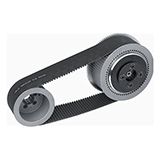
Belt Drive
A belt is a looped strip of flexible material used to mechanically link two or more rotating shafts. A belt drive offers smooth transmission of power between shafts at a considerable distance. Belt drives are used as the source of motion to transfer to efficiently transmit power or to track relative movement. In the motion of belt drive, power transmission results make one side of the pulley more tightened compared to the other side. In horizontal drives, the tightened side is always kept on the lower side of two pulleys because the sag of the upper side slightly increases the angle of the folding of the belt on the two pulleys. Belt drives are simple and economical.
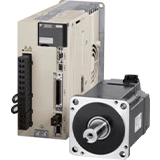
Servo Motors
A servomotor is a closed-loop servomechanism that uses position feedback to control its motion and final position. The input to its control is a signal (either analog or digital) representing the position commanded for the output shaft. The motor is paired with some type of position encoder to provide position and speed feedback. In the simplest case, only the position is measured. The measured position of the output is compared to the command position, the external input to the controller. If the output position differs from that required, an error signal is generated which then causes the motor to rotate in either direction, as needed to bring the output shaft to the appropriate position. As the positions approach, the error signal reduces to zero, and the motor stops. Servo motors ensure higher speed and higher precision of the laser cutting and engraving.
Fields of Application
Laser Cutting for Your Industry
Advertising & Gifts
A clear and smooth edge without chipping
Digital Printing
Clean and smooth edge with thermal treatment
Common materials and applications
of Flatbed Laser Cutter 130L
We’ve designed laser systems for dozens of clients
Add yourself to the list!
Product detail pictures:
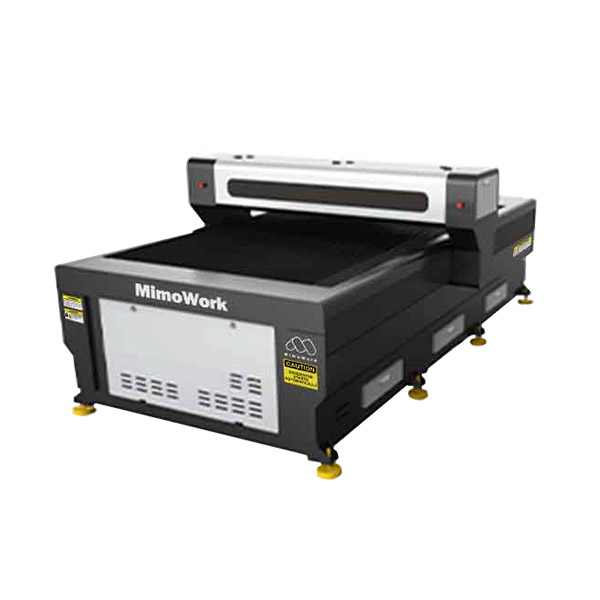
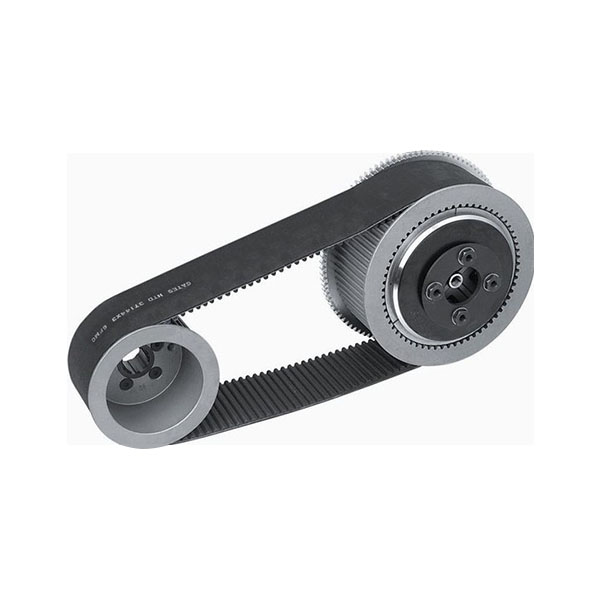
Related Product Guide:
The company keeps to the operation concept "scientific management, high quality and efficiency primacy, customer supreme for China Wholesale Laser Cutting Sublimation Spandex Factories Pricelist - Flatbed Laser Cutter 130L – MimoWork Laser , The product will supply to all over the world, such as: Azerbaijan , Swansea , USA , Our company offers the full range from pre-sales to after-sales service, from product development to audit the use of maintenance, based on strong technical strength, superior product performance, reasonable prices and perfect service, we will continue to develop, to provide the high-quality products and services, and promote lasting cooperation with our customers, common development and create a better future.
This supplier stick to the principle of "Quality first, Honesty as base", it is absolutely to be trust.



